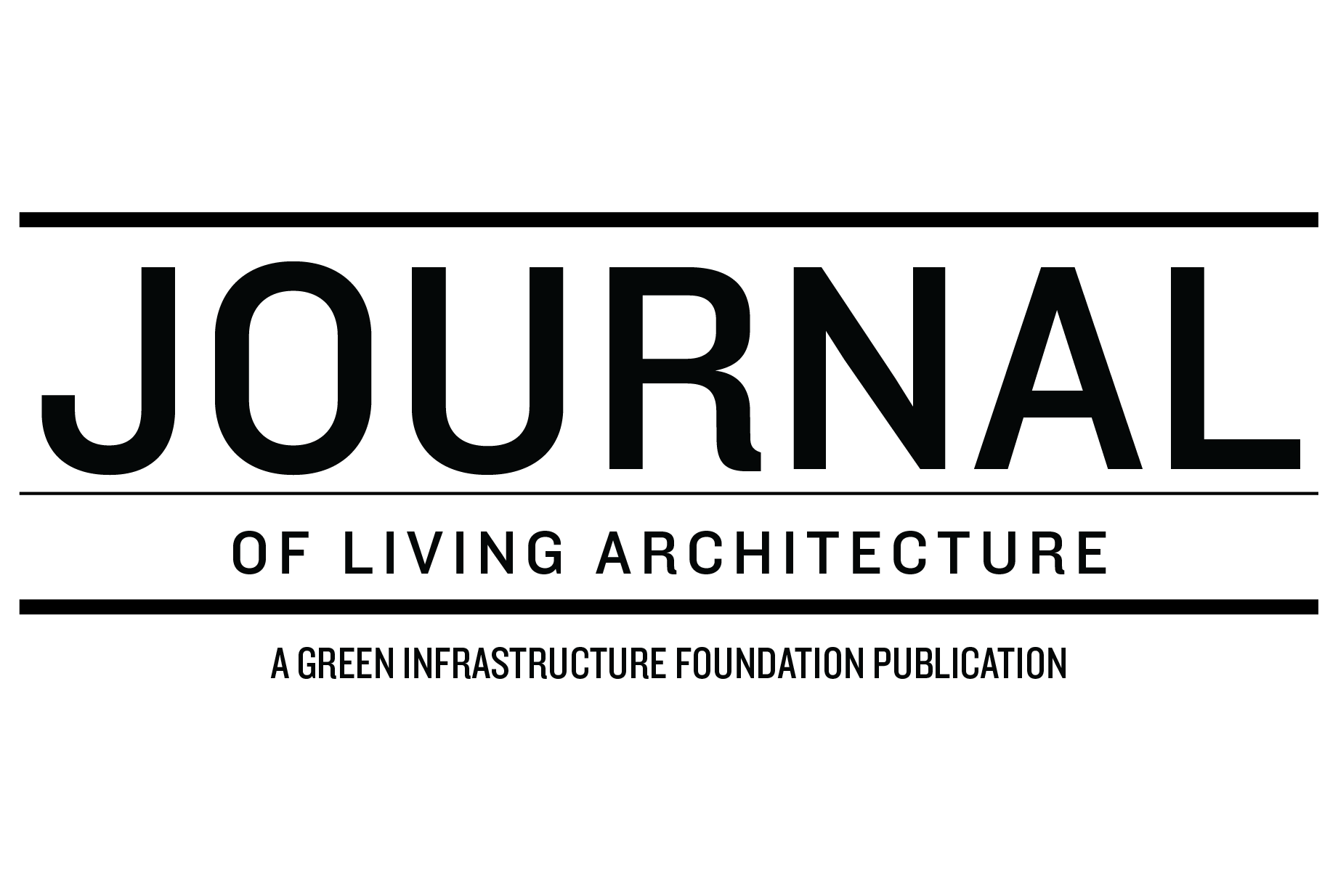Extensive Green Roof Study on a Retrofit Building in Berlin, Germany: Report After 34 Years of Monitoring
Advertisement
The Journal of Living Architecture is a peer-reviewed, open-access journal, published by the Green Infrastructure Foundation and hosted by the Living Architecture Monitor Magazine. Learn more about the Journal, read all Journal articles, or find out how to submit to the Journal.
Extensive Green Roof Study on a Retrofit Building in Berlin, Germany: Report After 34 Years of Monitoring
Volume 10 Number 1 Pages 1-12
Manfred Koehler (1)*
(1) Green Roof Center, University of Applied Sciences Neubrandenburg, Germany
*corresponding author: Koehler@worldgreenroof.org
ABSTRACT
This report describes the continued observation of the plant development on a green roof on a retrofit building in Berlin from 1986 to 2019. These ten extensive green roofs with a total area of 655 m² have different exposures and slopes. This project symbolizes a shift in the urban planning paradigm in post-war Berlin away from demolishing blocks of the housing that survived World War II to gradual renovation of the remaining historic rented courtyard buildings. Over the same period, the understanding of cities as ecosystems has grown. That means that concepts relating to local energy generation, waste management, and new modes of traffic as well as more greenery were key elements in the design. Green roofs were an essential means of adding vegetation to the urban scape. The systematic study included a full neighborhood block. A smaller part of the block was realized and financed as a case study. These extensive roofs were one of the first installations on sloped roofs with pre-produced turf mats in Germany. In total, 124 vascular plants were found over the 34 years of observation. Only five species from the original turf mat community were present all years and dominant for the entire period. The other five, Festuca rubra, Dactylis glomerata, Lolium perenne, Poa pratensis, Plantago major disappeared after a few years. All roofs of this building complex were given the same fabric-reinforced turf mats. This was a pioneer green roof technology at the time for sloped roofs in Germany. The main findings were that the species richness is not related either to the area or the slope of the roofs. Significantly better growth performance is related to environmental factors, especially in wet or humid conditions compared to dry years. The roof turf mats represent a stable vegetative cover over all the years. Such types of extensive roofs, cultivated on pre‑produced turf mats, provide reliable protection against erosion that require little maintenance. In 1984 such mats were pioneering roof technology, and the long-term observations confirm the quality of this type of construction, making this project a role model for retrofit projects in North America as well.
Read the full article at: https://doi.org/10.46534/jliv.2023.10.01.001
Key words: extensive green roofs, long-time-observation, pitched roofs, Berlin
Advertisement

